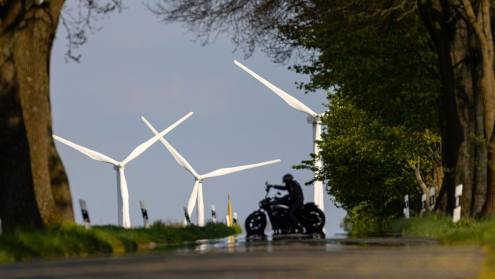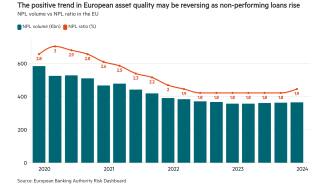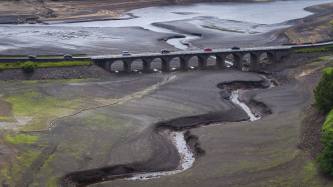The Corporate Sustainability Reporting Directive (CSRD) aims to bring greater transparency to companies’ impact on the planet and people by ramping up their sustainability disclosure requirements with stricter reporting standards.
Rita Hunter, co-head of sustainable finance and investment at law firm Hogan Lovells, says no other standard is quite as broad as the CSRD, which deals with climate change, pollution, water and marine resources, biodiversity and ecosystems, resource use and social economy (workers in the value chain, affected communities, consumers and end users).
Phased introduction
The CSRD will be implemented in phases, starting with large companies (more than 500 employees) that are already subject to the Non-Financial Reporting Directive (NFRD). These companies will have to start collecting information in 2024 so they can start reporting in 2025. More companies who are not currently impacted by the NFRD — some 50,000 entities — are expected to be caught within the scope of the CSRD.
The next level of reporting down from large companies, who will need to start reporting in 2026, is those with:
- more than 250 employees, and/or
- €50m in turnover, and/or
- €25m in total assets.
Then there is the small and medium-sized enterprises (SMEs) from the following year (excluding companies with fewer than 10 employees or less than €2m in turnover).
But the CSRD applies to more than just EU-based. The fourth phase of reporting is non-EU-based companies with:
- at least one subsidiary or branch in the EU, and
- a net turnover in the EU exceeding €150m.
Extraterritorial impact
Ms Hunter says the CSRD’s extraterritorial effect is very broad. “A whole bunch of financial institutions and non-financial institutions fall within the scope of the CSRD. Firms that have subsidiaries all over the world are now having to think how they get CSRD-compliant data and information to enable European subsidiaries to compile reports.”
Larger, more sophisticated companies are likely to be able to find the resources to do what is required in terms of environmental, social and governance (ESG) information collation. But companies that are likely to struggle, says Ms Hunter, are those with subsidiaries in jurisdictions that are perhaps less sophisticated and are now imposing new standards.
The corporate structure of each institution will determine whether they are caught within the scope of CSRD. Take, for example, a French bank with multiple subsidiaries and a European parent company — if, together, they satisfy certain criteria regarding size and balance sheets, they are within the scope of the CSRD and the need to collect information from their non-European subsidiaries.
Ms Hunter says any ultimate parent that is non-European, which has a subsidiary or branch where there is €150m of turnover generated in the EU, falls within the scope of the CSRD and will need to provide sustainability information in their annual reports in respect of the ultimate non-European parent and on a global basis.
She says the obligation to report falls on the subsidiary. If it cannot get the information from the parent, it must publish a statement saying it is unable to acquire the information.
Is the UK within scope?
The UK is not directly within the scope of CSRD.
However, a UK-headquartered company with EU subsidiaries that satisfies the threshold criteria, or has a European parent with UK subsidiaries within it, will have to report on its UK subsidiaries.
“It’s either an ultimate parent — and therefore from 2028 they’ll have to start providing information to that subsidiary — or if you’re a UK subsidiary within a European group, you’re then potentially in scope,” says Ms Hunter.
What needs to be reported under the CSRD?
The types of information required are incredibly broad, says Ms Hunter. “It goes much further than just Scope one, two, and three emissions: we’re talking about all sorts of ESG-related data.”
Companies that fall within the scope of CSRD must report information in accordance with European Sustainability Reporting Standards (ESRS).
Entities are required to not only report on how environmental and social issues create “material financial risks and opportunities” (financial materiality lens), but also how their activities and value chains impact people and the environment (impact materiality lens).
Almost 50,000 companies operating within EU-regulated markets are expected to align their reporting to the ESRS.
These standards cover general principles, cross-cutting disclosures, and specific ESG disclosures on environment, social and governance or conduct. Different standards are being proposed for SMEs.
The ESRS, which are based on existing European policies and international standards, such as the Sustainable Finance Disclosure Regulation, were designed to eliminate the ‘alphabet soup’ of sustainability standards. Ms Hunter says there is an impetus to try and help companies navigate the different reporting frameworks and standards.
However, she adds full harmonisation of standards is unlikely. So, a company already reporting under the Taskforce for Climate-related Financial Disclosures, that is caught within the scope of CSRD, will now have to start reporting under ESRS, Ms Hunter explains.













